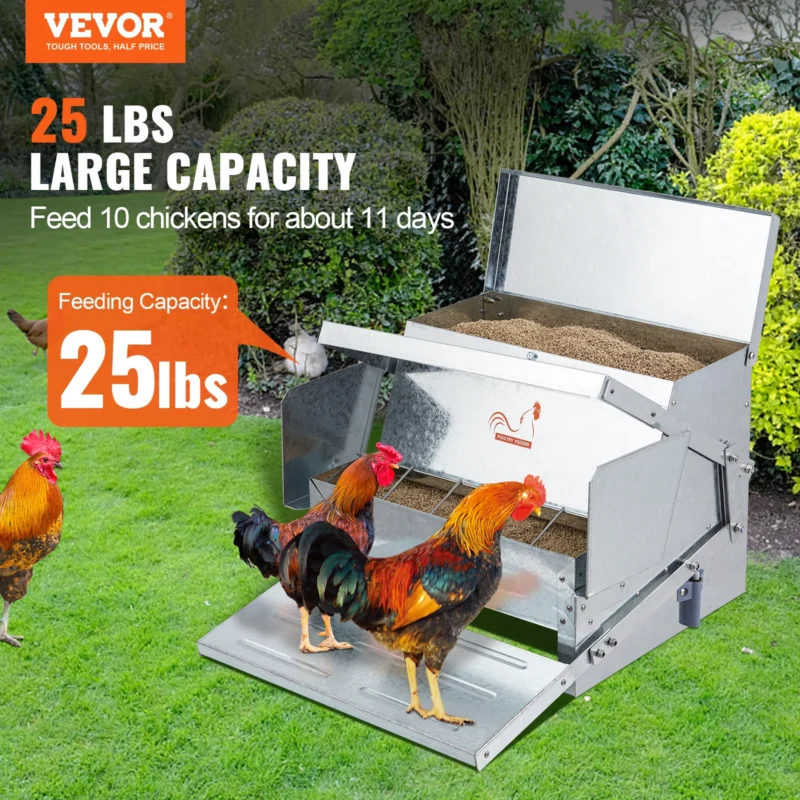Chicken Health
Feeding Your Chickens: Tips and Tricks for Optimal Nutrition
Introduction to Chicken Nutrition
Hello, fellow chicken aficionados! Whether you’re a seasoned poultry farmer or a fresh-faced chicken tender, you know that proper nutrition is the key to a happy, healthy flock. Today, we’re diving into the ins and outs of chicken nutrition, because let’s face it, even our feathered friends need their superfoods. So, grab your coffee (or your mealworm snack), and let’s cluck through the essentials of feeding your chickens right!
Types of Chicken Feed
Starter Feed: Baby Chicks’ Best Friend
Ah, the early days of chickhood! Starter feed is specially formulated for baby chicks, packed with the right nutrients to support their rapid growth. High in protein (we’re talking at least 18-20%), this feed ensures your little fluffballs grow into strong, healthy hens.
Grower Feed: The Teenage Phase
Once your chicks hit that awkward teenage phase (around 6-20 weeks), it’s time to switch to grower feed. This has slightly less protein than starter feed, but it’s still rich in nutrients to support their continued growth. Think of it as the chicken equivalent of a balanced teen diet – fewer chicken nuggets, more balanced meals.
Layer Feed: For the Egg-Laying Machines
When your hens start laying eggs (usually around 20 weeks), layer feed is where it’s at. High in calcium and protein, it ensures those eggs have strong shells and that your hens stay in peak laying condition. It’s like a power smoothie for your egg-laying champs.
Scratch Grains: The Treats
Scratch grains are the snacks of the chicken world. While not a complete feed, they’re great for encouraging natural foraging behaviors. Think of scratch grains like chicken trail mix – delicious but best in moderation.
Feeding Schedules and Portion Control
Just like us, chickens thrive on routine. Establishing a feeding schedule helps keep your flock healthy and happy.
- Morning: Start with their main meal. Ensure they have plenty of fresh feed to kickstart their day.
- Afternoon: A light snack of scratch grains or treats to keep them foraging and active.
- Evening: Top up their feed if needed and make sure they have enough before they roost for the night.
Remember, portion control is key. Overfeeding can lead to obesity and other health issues, while underfeeding can affect their egg production and overall health. It’s a delicate balance, but your chickens will thank you.
The Benefits of Automatic and Manual Feeders

Automatic Feeders
Automatic feeders are the lazy chicken keeper’s dream. They ensure a consistent supply of feed, reduce waste, and save you time. Perfect for the busy farmer or anyone who appreciates a little extra convenience. Plus, Hen Depot has some top-tier options that’ll make you wonder how you ever lived without one.
Manual Feeders
For those who prefer a more hands-on approach, manual feeders are a great choice. They’re simple, reliable, and give you complete control over your flock’s feeding. Great for smaller flocks or those who enjoy the daily ritual of feeding their hens.
DIY Feed Mix Recipes for Different Needs
Feeling crafty? Here are some DIY feed mix recipes to cater to your flock’s diverse dietary needs:
Protein-Packed Power Mix
- 40% corn
- 30% soybeans
- 20% oats
- 10% fish meal
Perfect for young chicks and growing pullets.
Calcium-Rich Layer Mix
- 50% corn
- 20% soybeans
- 20% oats
- 10% limestone
Ideal for egg-laying hens, ensuring strong eggshells and healthy layers.
All-Purpose Forage Mix
- 30% corn
- 30% wheat
- 20% barley
- 10% sunflower seeds
- 10% oyster shell
Great for a balanced diet and promoting natural foraging behavior.
There you have it, folks! Your ultimate guide to feeding your chickens for optimal nutrition. Remember, happy hens lay the best eggs, and with these tips and tricks, you’re well on your way to becoming the cluck-tastic chicken keeper you were always meant to be. Happy feeding!

